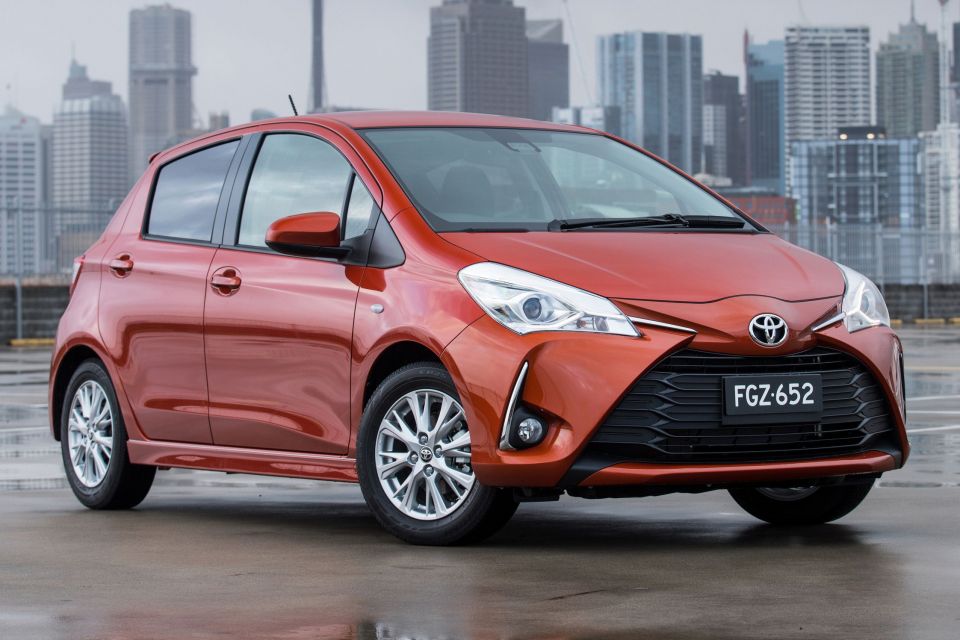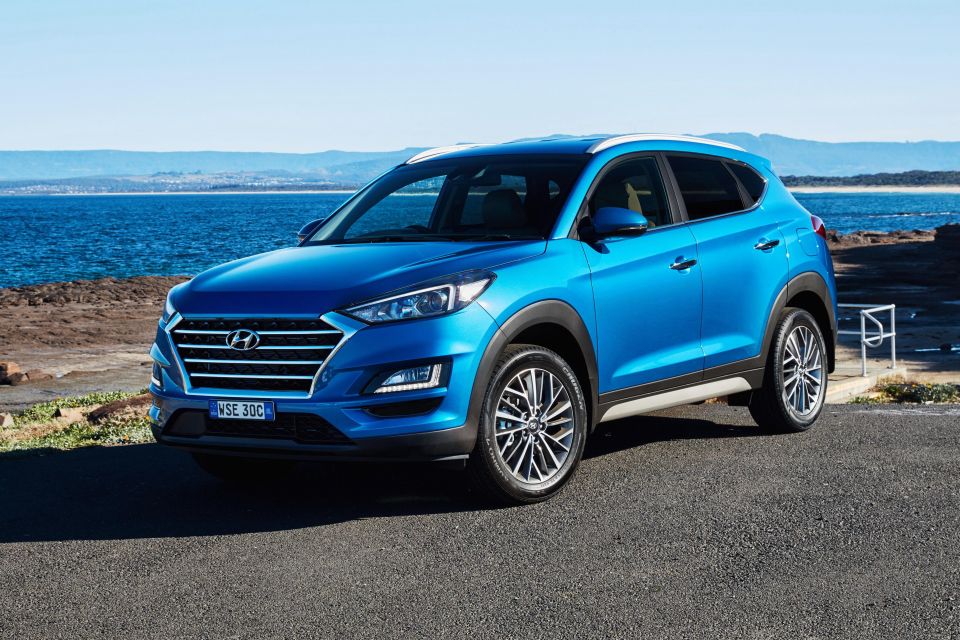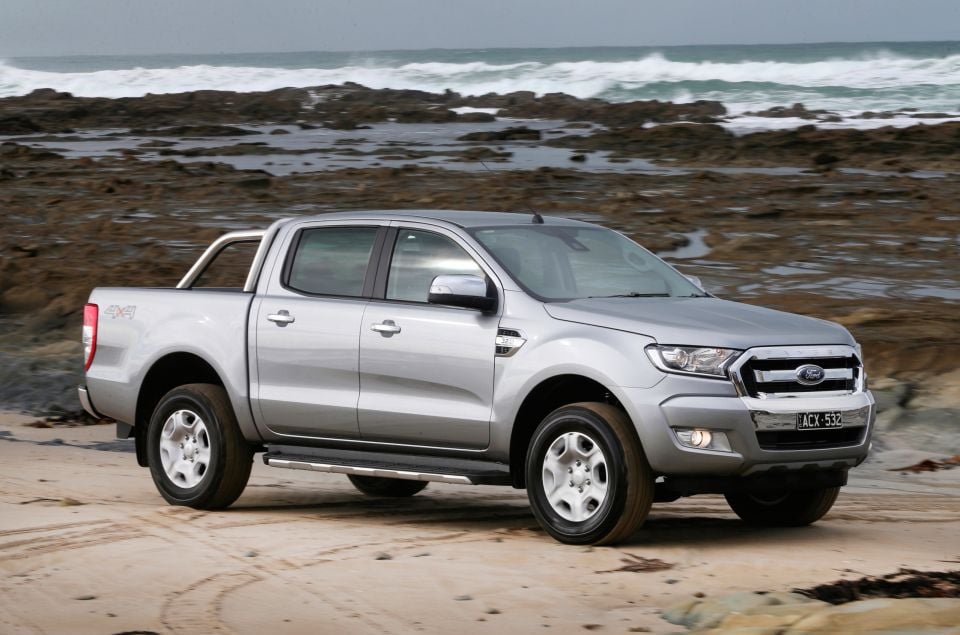

Matt Robinson
2026 Skoda Fabia 130 review: Quick drive
1 Hour Ago
Expect the prices of used cars to return to some semblance of normality this year – albeit not to pre-COVID levels.

Senior Contributor


Senior Contributor
Australian wholesale new vehicle prices have fallen 12 per cent from their peak in May 2022, as normality returns to the wider supply chain and demand for pre-loved cars cools.
The Q4 Used Vehicle Price Report found used car prices have now decreased for seven successive months, and in January 2023 they had their first year-on-year decline since May of 2020.
Moreover, used car prices are expected to continue returning to earth during 2023 as new car supply improves, and demand weakens on the back of higher borrowing costs and inflation.
In other words, the two big factors driving used car prices – demand for them due to unavailability of new car stock, and plentiful household borrowing power – are negated.

These findings come from financial intelligence company Moody’s Analytics, which puts out regular reports on wholesale used car prices using its numerical price index model.
On the supply side, fewer people will be turning to used cars with more new stock entering the market. Vehicle production in Japan (our biggest source of cars) was 35 per cent above 2021 levels in October last year, and motor car imports grew in Q3 YoY.
“For 2023, we expect that the supply of new vehicles will continue to increase, further easing pressures in the second-hand market,” the Moody’s Analytics report added.
The report also concludes that China moving away from its zero-COVID policy will be a positive development for supply chains: with short-term volatility following a surge of infections before pre-pandemic chain management returns.

On the demand side, the market for new cars is expected to weaken this year given Australian households are under pressure largely from rising interest rates: The Reserve Bank has already injected 300 basis points’ worth of rate hikes since May 2022.
Naturally this cools the housing market, which underpins the borrowing power of people hunting an upgraded car. Citing ABS data, Moody’s analysts forecast a peak-to-trough decline in national house prices of 13 per cent, with the trough occurring in mid-2024.
Australia’s GDP growth is forecast to cool to under 2.0 per cent in 2023 from an estimated 3.5 per cent in 2022, with weaker household consumption an important influence – due not only to borrowing power but also rampant inflation and wage growth below the CPI.
Overall, Moody’s believes average used car prices will fall a smidgen more than 10 per cent his year, though for context its data shows they currently sit some 54 per cent above pre-pandemic levels. In other words, there’s probably a new normal.

“Manufacturers will remain hesitant to oversupply the market given the considerable global economic headwinds. This will keep used-vehicle prices well above pre-pandemic levels, with stabilisation in prices occurring in 2024,” the report claimed.
“However, if supply returns faster than expected and consumer demand wanes significantly amidst rising interest rates and broader gains in the cost of living, used-vehicle prices have room to fall more rapidly than the current baseline outlook.”
That, naturally, depends on the type of vehicle, and how much competition it has.
MORE: Australia’s used car prices have been falling for six straight months


Matt Robinson
1 Hour Ago


Damion Smy
1 Hour Ago


Damion Smy
15 Hours Ago


Damion Smy
17 Hours Ago


Damion Smy
18 Hours Ago


Damion Smy
20 Hours Ago